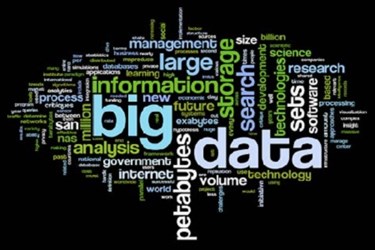How Is The Food Industry Using Big Data?
By Melissa Lind, contributing writer

Nearly every industry is struggling to manage its constantly-evolving and continuously–growing data, and the food industry is no different. The food industry creates and enormous amount of data and that information — food’s temperature, transit time, inventory levels, labeling information and associated data for retailers, to name a few — needs to be managed in real time and put to effective use.
Until the recent past, very little data was actually used and much of it was compiled using manual or basic computerized systems. As technology has advanced and with companies needing to cut costs and improve food operations, just like every other business, the food industry is looking to harness that big data. Collecting it isn’t enough; it needs to be used to benefit all aspects of the supply chain.
Data is everywhere in the food industry, from the origin of a particular product’s harvest and where it went next, to how long it spent in refrigeration and what products it ended up in. Data provides the means to implement track and trace strategies and manage emergencies when necessary. Data also provides information on sales, run rates, vendor usage information, even down to how productive a specific employee is.
At food’s retail level, companies are using big data to personalize customer experience, reduce wait times, and tabulate social media participation and trends. Some restaurants are even looking at personalizing the dining experiences with customer profiles, including dietary preferences, which can be used in targeted advertising. As consumers want to participate in sustainable and “green” trends, they want to know more about their food. With effective utilization of big data, the retailer can be provided with information that they want so they can pass it on to the consumer.
Big data can also be used to improve operations from stock levels at the warehouse and the retail outlet to food temperatures which can be carried as a pedigree as food products move across the supply chain. Additionally, it can automatically manage inventory, predict sales, arrange transportation, and see a products location on its journey from farm to market.
Some retail outlets are already utilizing information gained from visibility in the supply chain to provide customers with details about purchased products, including date and location of harvest, verification of species, harvesting practices, and information about fair-trade. In coming years, more retail outlets plan to offer similar information and many will expand on products types offering this data.
